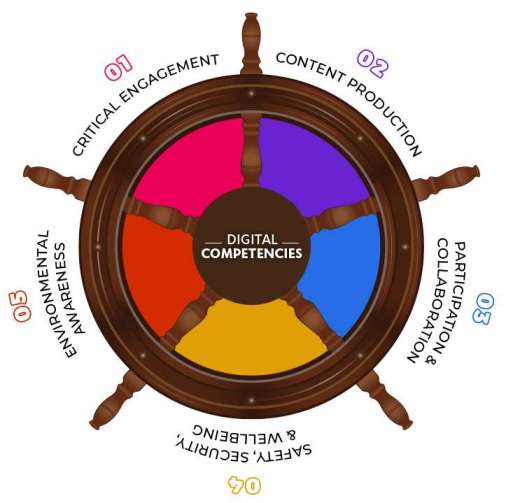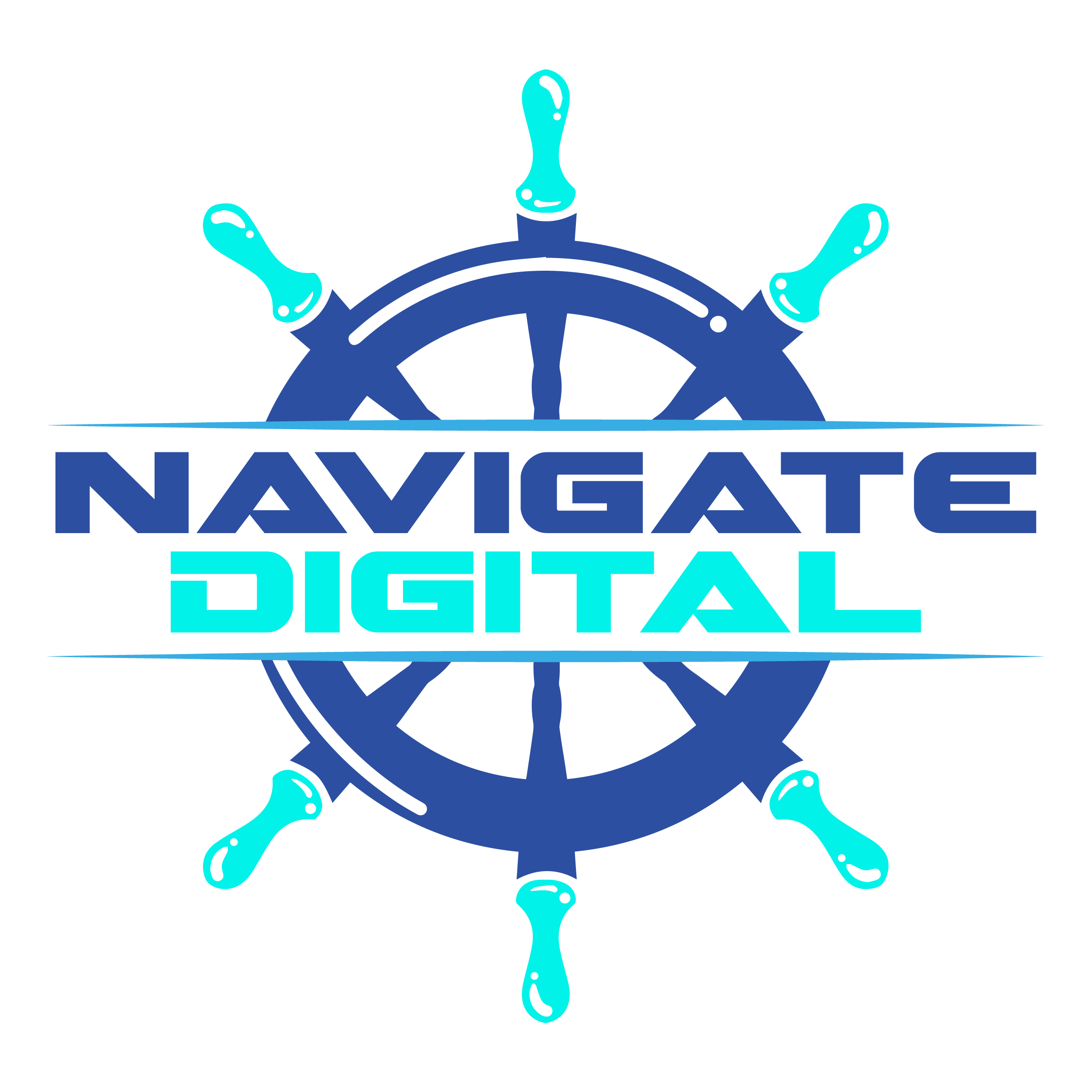4. Safety, security and wellbeing

Safety, security and wellbeing are concerned with ensuring your students use digital tools and technologies in ways that value their privacy, safety, security, health and wellbeing of themselves and others. This set of competencies can be broken down into the following areas:
a) Being safe online
b) Understanding privacy and security
c) Looking after wellbeing and the wellbeing of others
Being safe online
Being safe online means your students will act cautiously and sensibly when dealing with individuals and organisations. This includes skills and behaviours such as:
- Being aware that organisations and individuals may have malicious intent online
- Develop strategies for establishing the credibility and motivations of these organisations and individuals before engaging
- Understanding what to do when you spot organisations and individuals acting in suspicious ways
Security and privacy
This area of competence means that your students know how to secure their devices and data and know the privacy implications of interacting online. This includes skills and behaviours such as:
- Understands why and how to use strong and secure passwords on accounts and devices
- Understands malicious activity online such as spam, malware, phishing etc and how to deal with and respond to these threats
- Understands how websites and companies collect and use data regarding internet activity, such as targeted advertising
- Understand the purpose, scope and implications of privacy policies
- Understands safety implications of computer networks
Wellbeing
Digital and online wellbeing are concerned with having a positive and proactive attitude towards the challenging behaviours and other risks which can be encountered online. This includes skills and behaviours such as:
- Understands the concept of cyberbullying and can identify when this is taking place to them or to others
- Understands the affects of cyberbullying on themselves and others
- Knows how to respond in cases of cyberbullying
- Develops strategies to maintain a healthy balance in the use of digital tools and technologies, knows when to take breaks, disconnect and switch off – understand digital overload and distraction
- Understands the impact digital engagement can have on our mental health and wellbeing, and on the wellbeing of others
- Understand how the concepts of inclusion and exclusion present themselves in online and digital environments
